Reviewed by Julianne Ngirngir
Apple's playing a fascinating game of material roulette with your next iPhone upgrade. After just two years of premium titanium frames, MacRumors reports the iPhone 17 Pro and Pro Max will ditch the fancy metal for good old aluminum—but with a twist that might actually make your phone tougher than ever. Here's the kicker: this isn't just about saving money (though Apple probably appreciates that part).
The production leak revealing CNC-machined aluminum chassis components shows Apple isn't just reverting to an old playbook—they're writing an entirely new one. MacRumors confirms these leaked aluminum parts feature the rumored horizontal camera bar spanning the device's width, marking one of the most significant visual changes to high-end iPhone models in recent years. Think of it as Apple's admission that sometimes the best path forward involves a strategic step back—in this case, armed with seven years of aluminum alloy development that enables impact absorption techniques impossible with the original iPhone 6 generation.
What's actually changing under the hood?
This material switch isn't happening in isolation—it's part of a complete chassis revolution. The Information reports Apple has chosen a half-glass, half-aluminum build specifically to increase durability, with the top half featuring aluminum construction while the bottom remains glass for wireless charging compatibility. Here's the brilliant part: aluminum is significantly softer than titanium, making it better at absorbing impact without transferring destructive force to your screen.
This impact advantage extends beyond drop protection—aluminum's superior thermal conductivity transforms that same material softness into a heat management advantage. The manufacturing process gets interesting too. Apple's new 7xxx series aluminum alloys achieve tensile yield strength of at least 350 MPa while maintaining the neutral color that looks appealing after anodizing. According to Rokform, aluminum's thermal conductivity (237 W/mK versus titanium's lower rating) could allow 10-20% increases in sustained CPU performance during intensive tasks. Your iPhone won't just look different—it'll actually run cooler under pressure while handling more demanding workloads.
The manufacturing reality behind this shift
The financial benefits are real, but they're part of a larger strategic equation. Multiple sources note titanium costs roughly four times more than aluminum, with potential tariff concerns adding another layer of financial complexity. More importantly, these economic considerations align perfectly with supply chain benefits—analyst Jeff Pu specifically cites "environmental considerations" as aluminum generally carries a lower carbon footprint than titanium production, supporting Apple's carbon neutrality goals by 2030.
The switch also eliminates a significant production headache. TrendForce previously identified titanium frame production as one of the bottlenecks with "lower yield rates and supply stability" for iPhone manufacturing. Remember those iPhone 15 Pro delivery delays? Using aluminum's established production networks eliminates the titanium bottlenecks that caused those supply constraints while potentially improving availability at launch.
How this affects real-world durability
Drop test results reveal aluminum's surprising practical advantages in smartphone-sized impacts. When PhoneBuff compared the titanium iPhone 15 Pro Max against Samsung's aluminum-framed Galaxy S23 Ultra, the Galaxy actually scored higher in overall durability testing. The softer aluminum frame absorbed impacts better than titanium, which tends to transfer more force to the glass components.
Don't mistake "softer" for "weaker." Modern aluminum alloys used in smartphones achieve tensile strengths up to 700 MPa, while Consumer Reports found titanium iPhones still suffered significant damage in tumbler tests. The key insight: in smartphone-sized impacts, aluminum's energy absorption often matters more than raw strength. This durability advantage matters more than ever—with 84% of smartphone users now prioritizing durability, aluminum's practical protection trumps titanium's theoretical strength in real-world scenarios where phones face repeated minor impacts rather than extreme stress tests.
What this means for your wallet and upgrade plans
The aluminum shift could translate to more competitive pricing while actually improving the features users care most about—combining the durability advantages, thermal performance gains, and environmental benefits into a package that delivers more practical value per dollar. Apple's environmental goals include achieving carbon neutrality across all products by 2030, and aluminum recycling requires only 5% of the energy needed for primary production while achieving a 43% recycling rate in 2023.
The iPhone 17 Pro lineup launches this fall with the aluminum frame change affecting both 6.3-inch Pro and 6.9-inch Pro Max models, while rumors suggest only the ultra-thin iPhone 17 Air might retain titanium construction. Interestingly, this reverses the traditional material hierarchy—suddenly the thinnest phone gets the "premium" material while the Pro models focus on practical durability benefits that actually enhance daily use.
Sound familiar? This mirrors Apple's broader design philosophy: sometimes the most advanced solution looks surprisingly simple. Your iPhone 17 Pro might feel like a throwback, but it's actually Apple's most thoughtful approach yet to building a phone that survives real-world use while delivering measurable performance improvements through superior thermal management and meeting ambitious environmental targets.




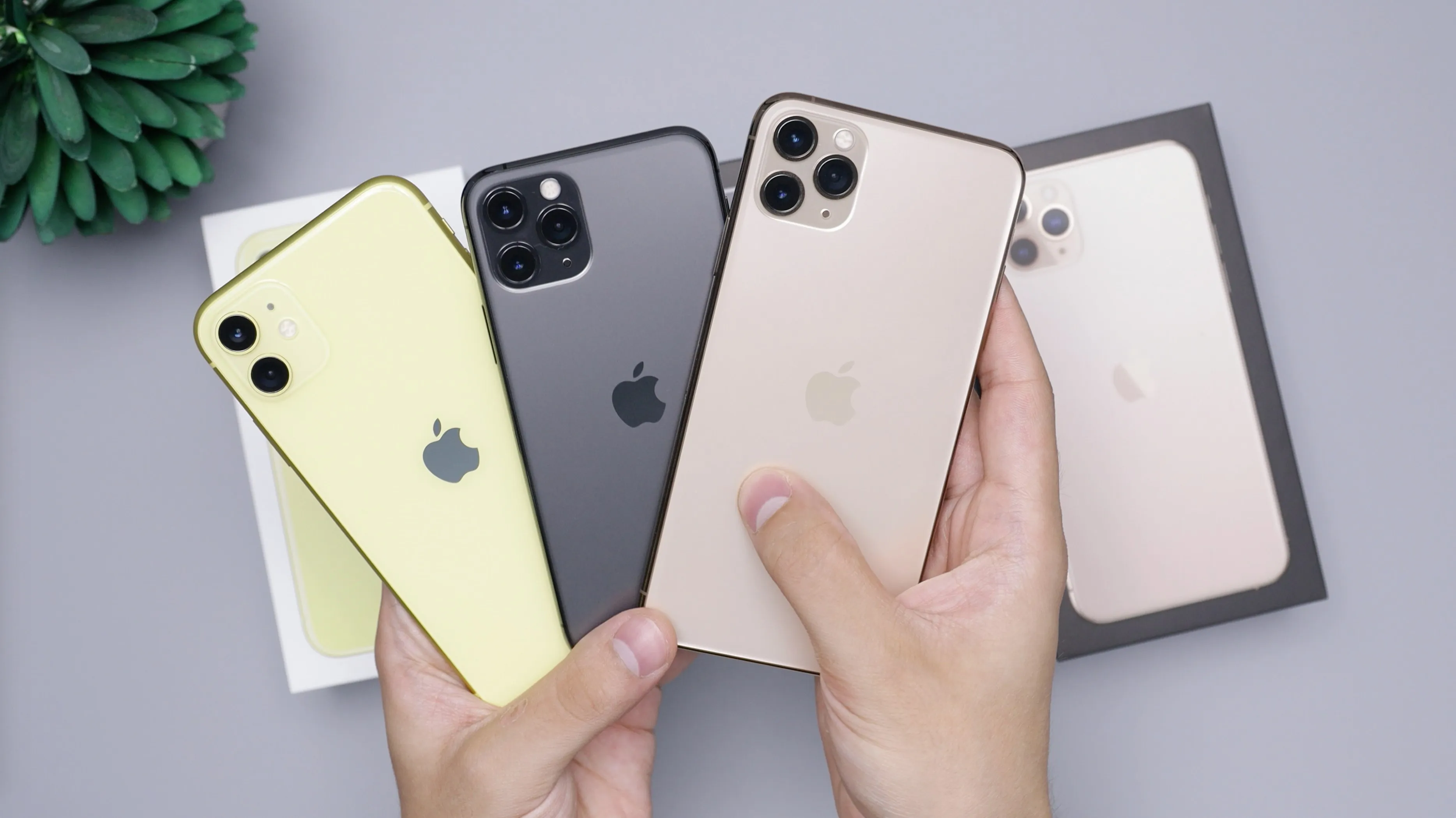
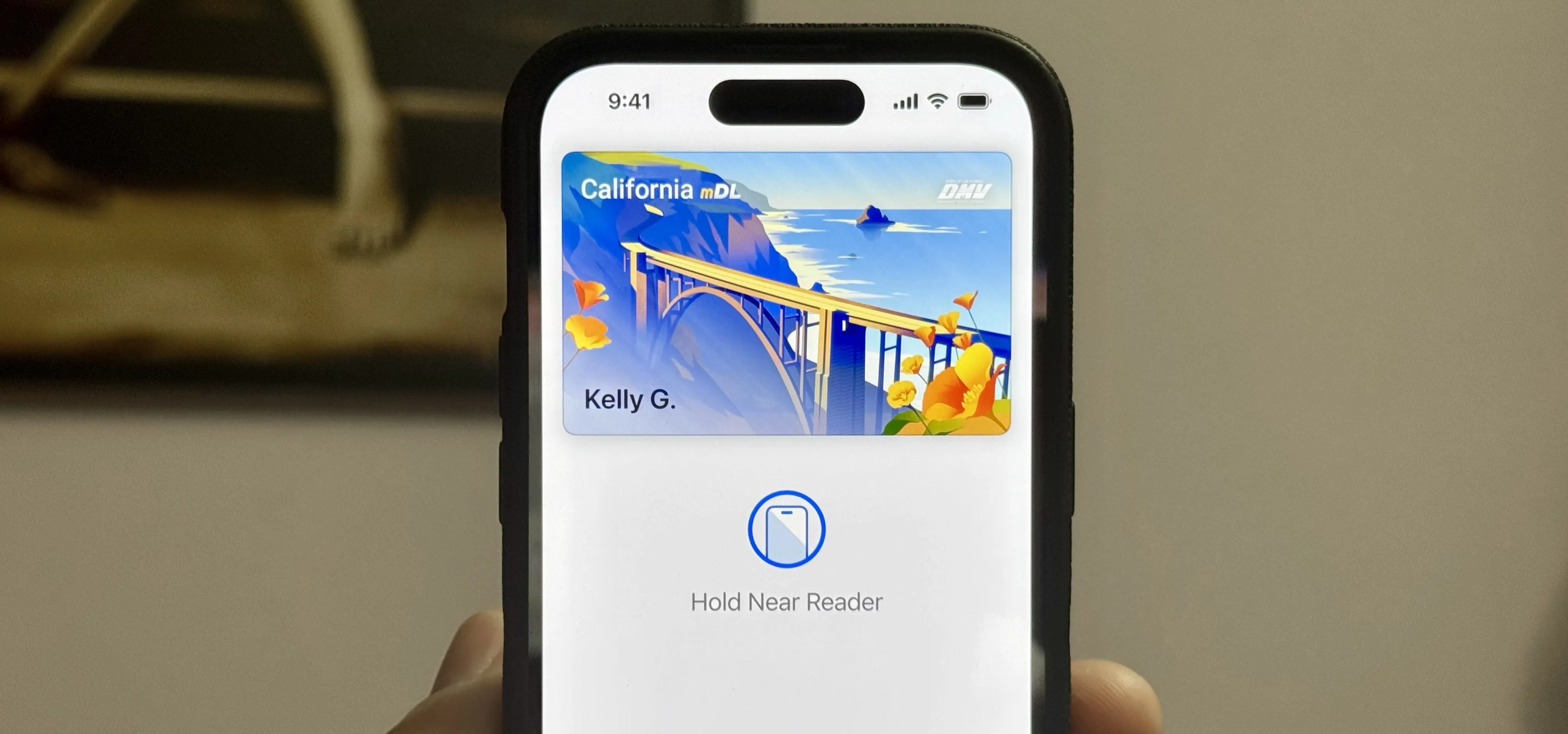
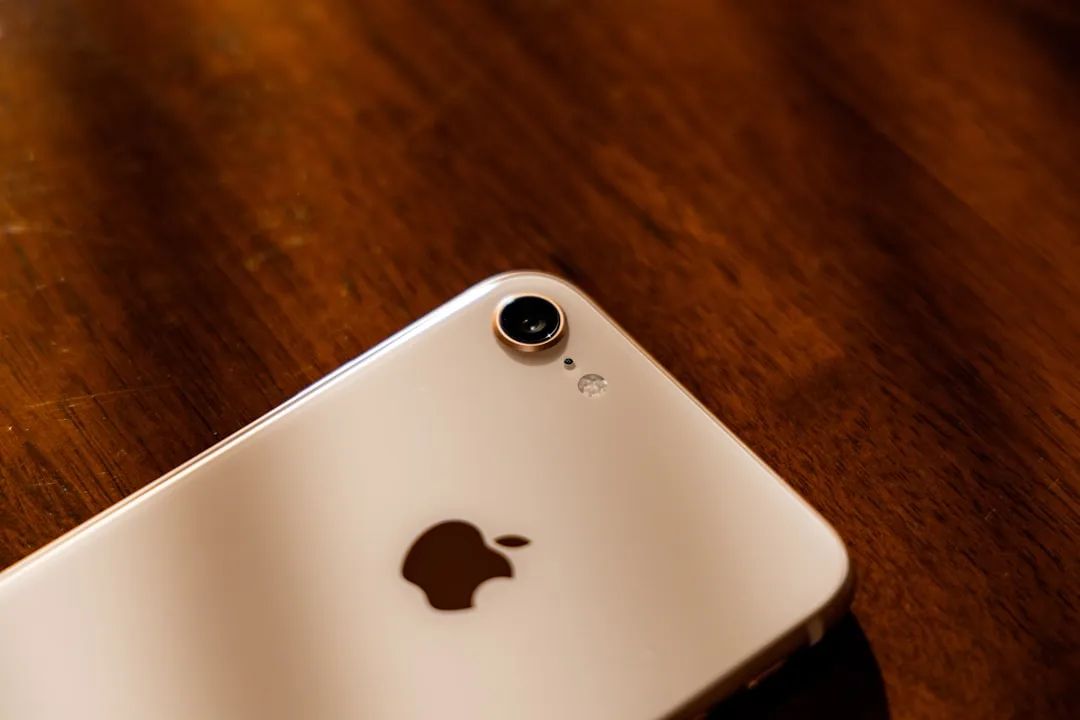
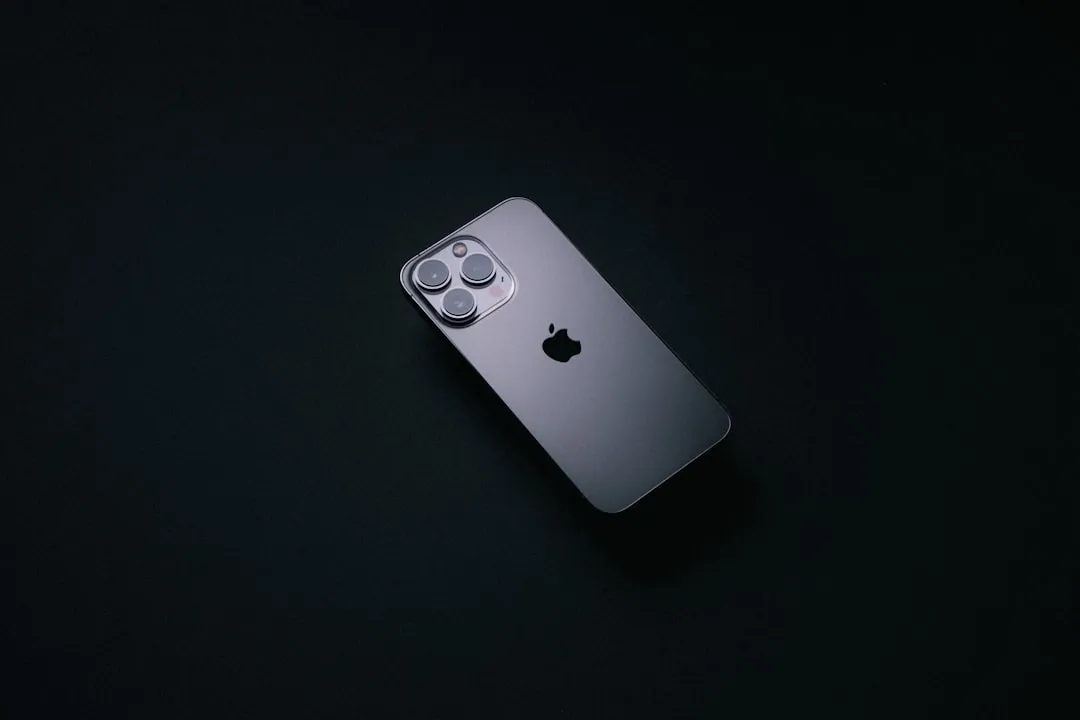
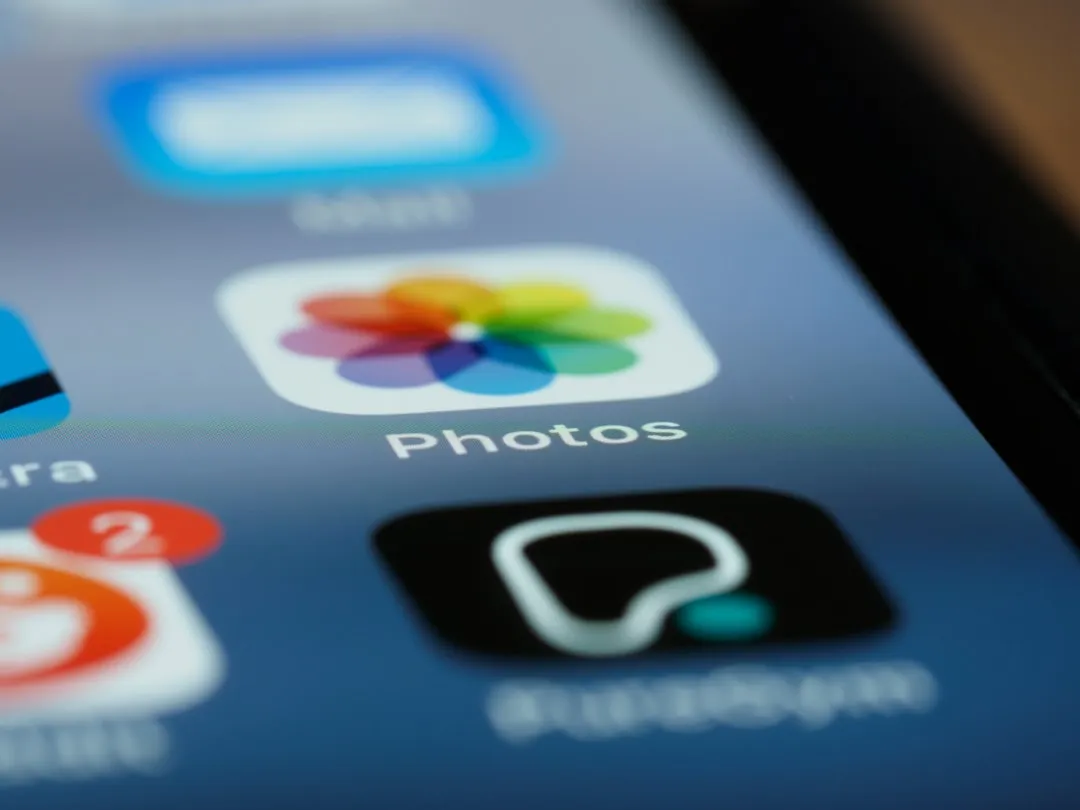
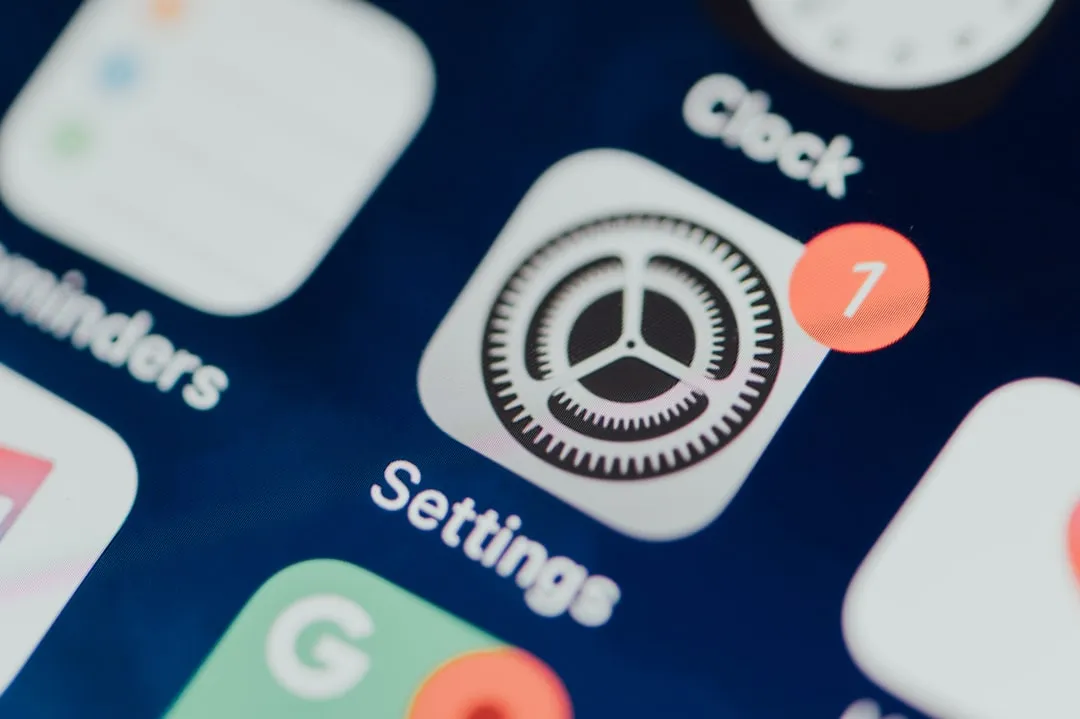
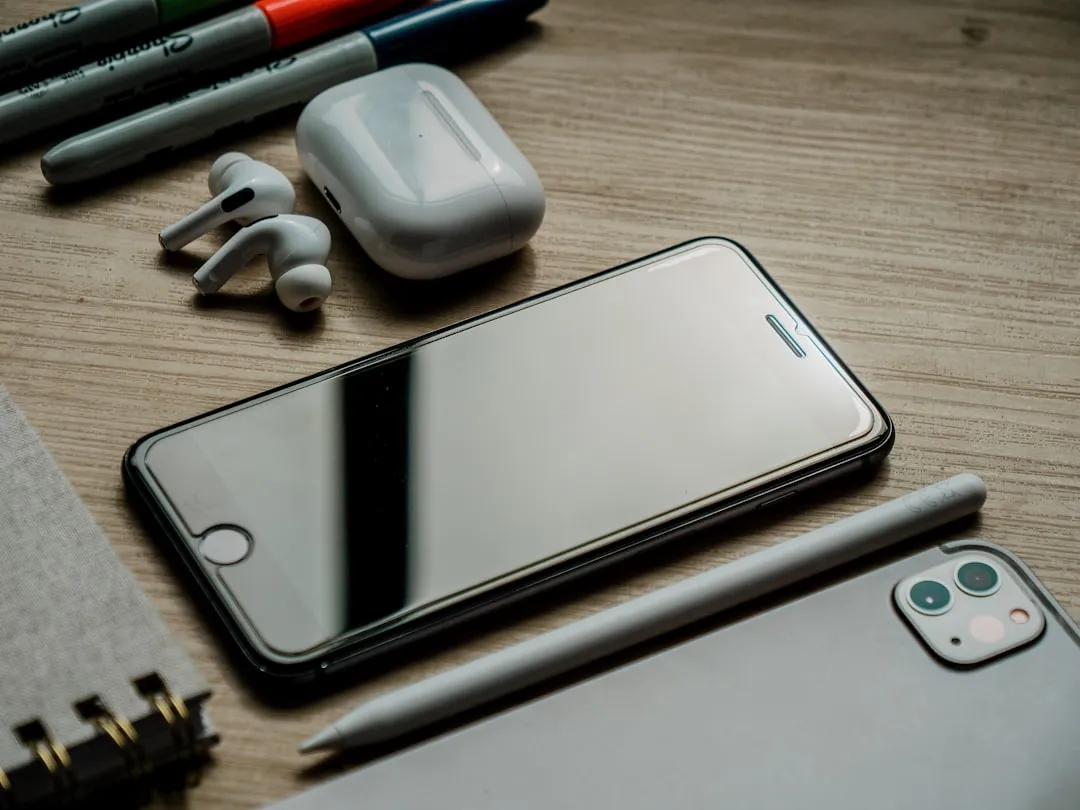

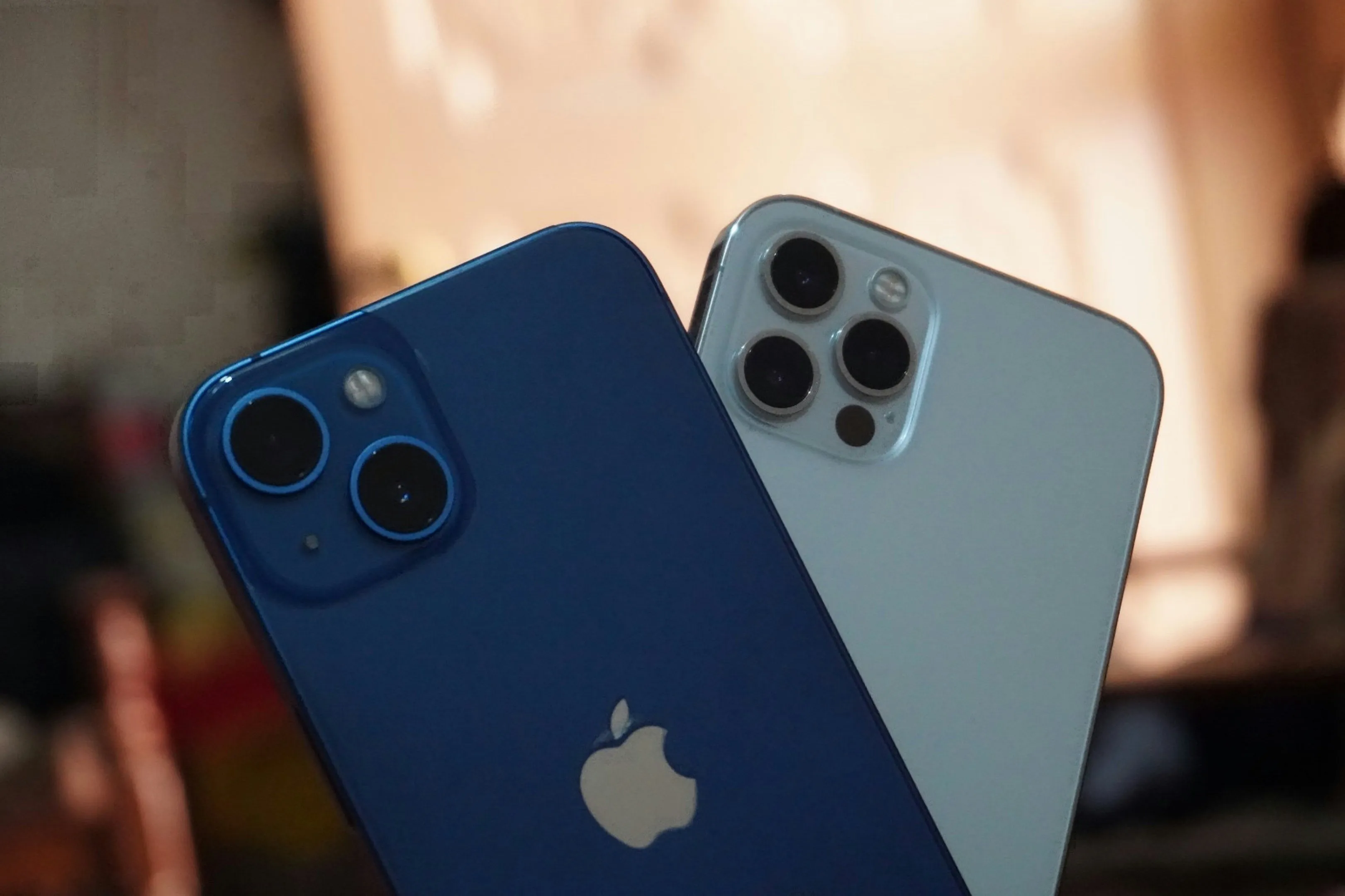

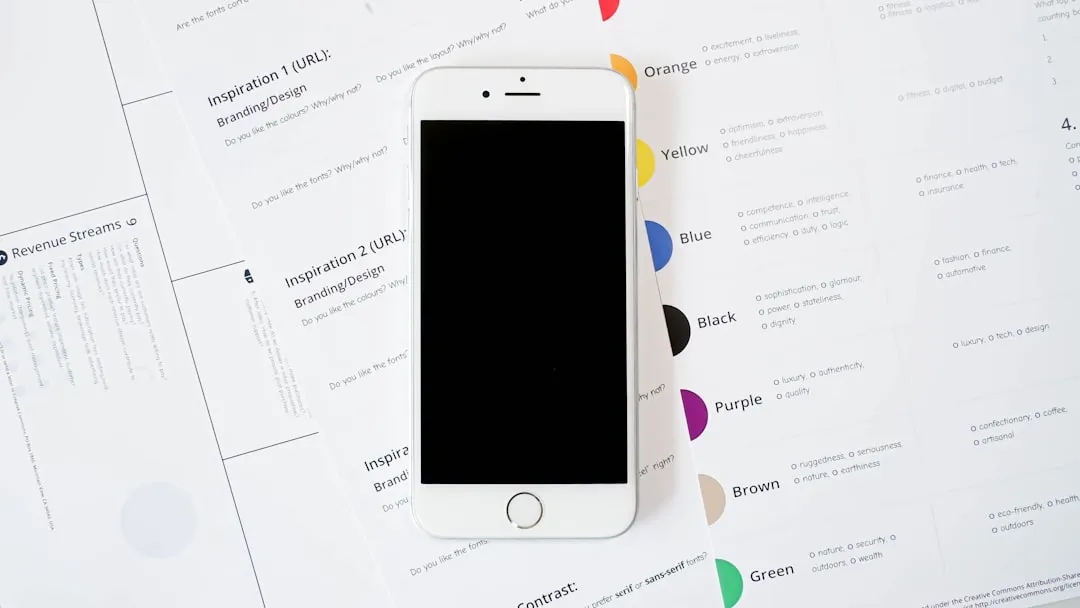
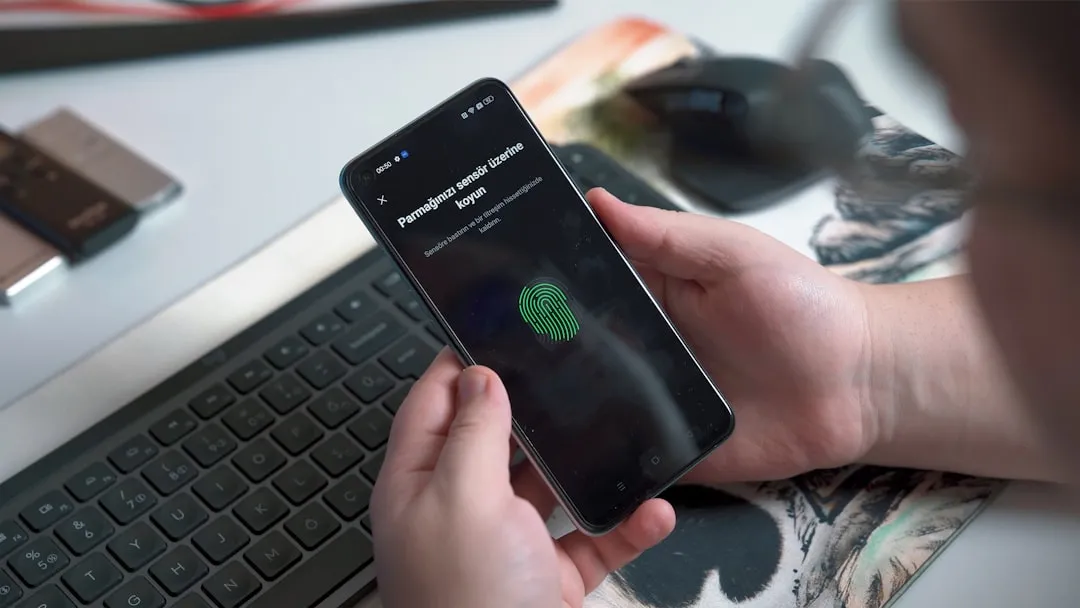
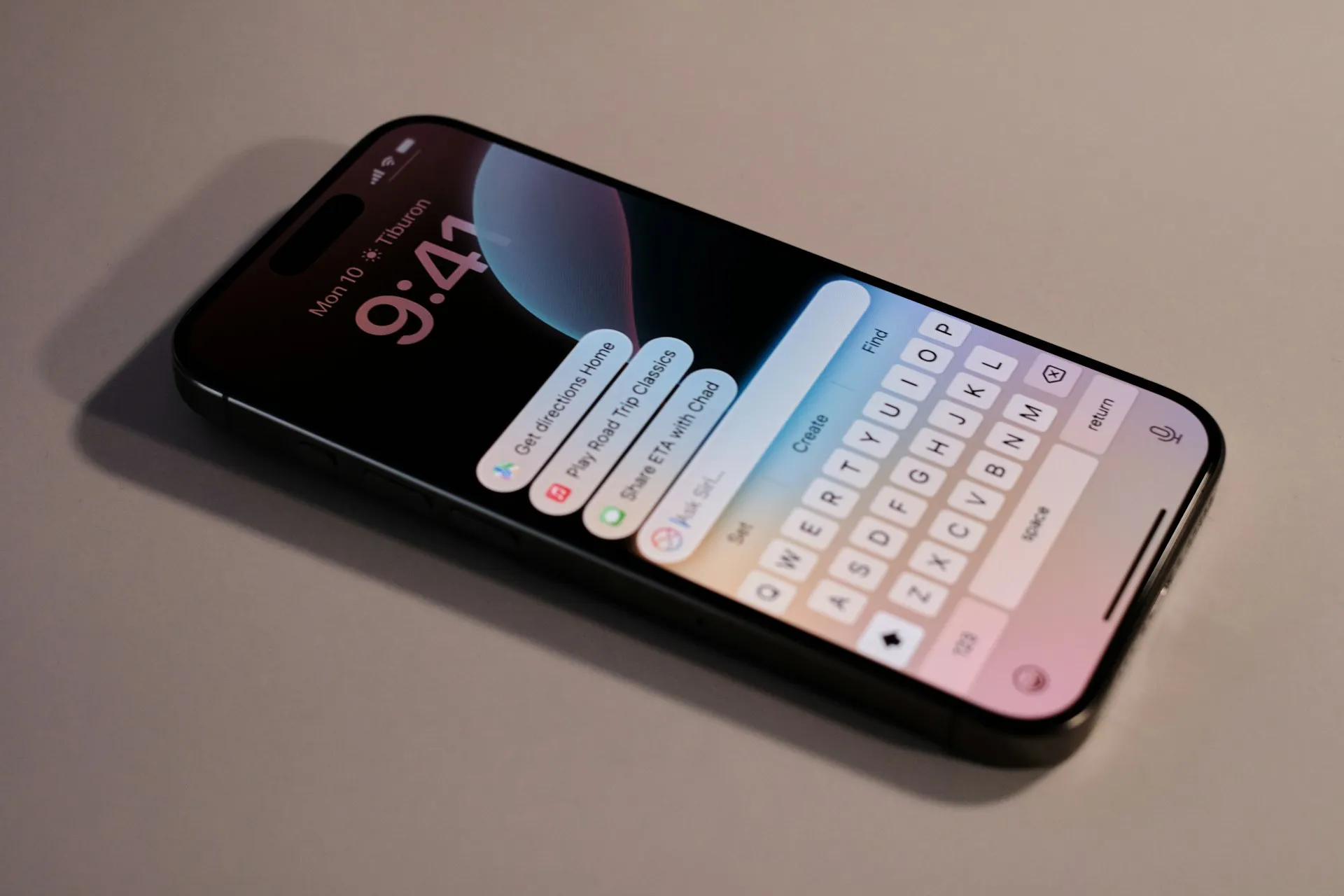

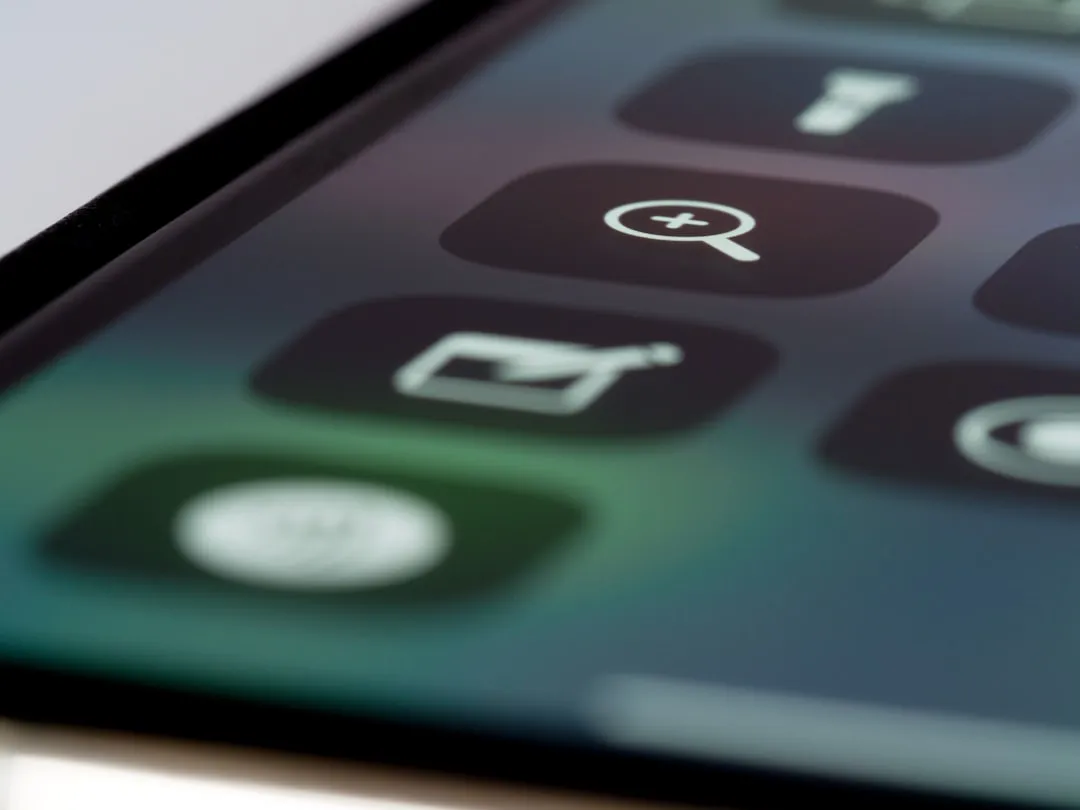
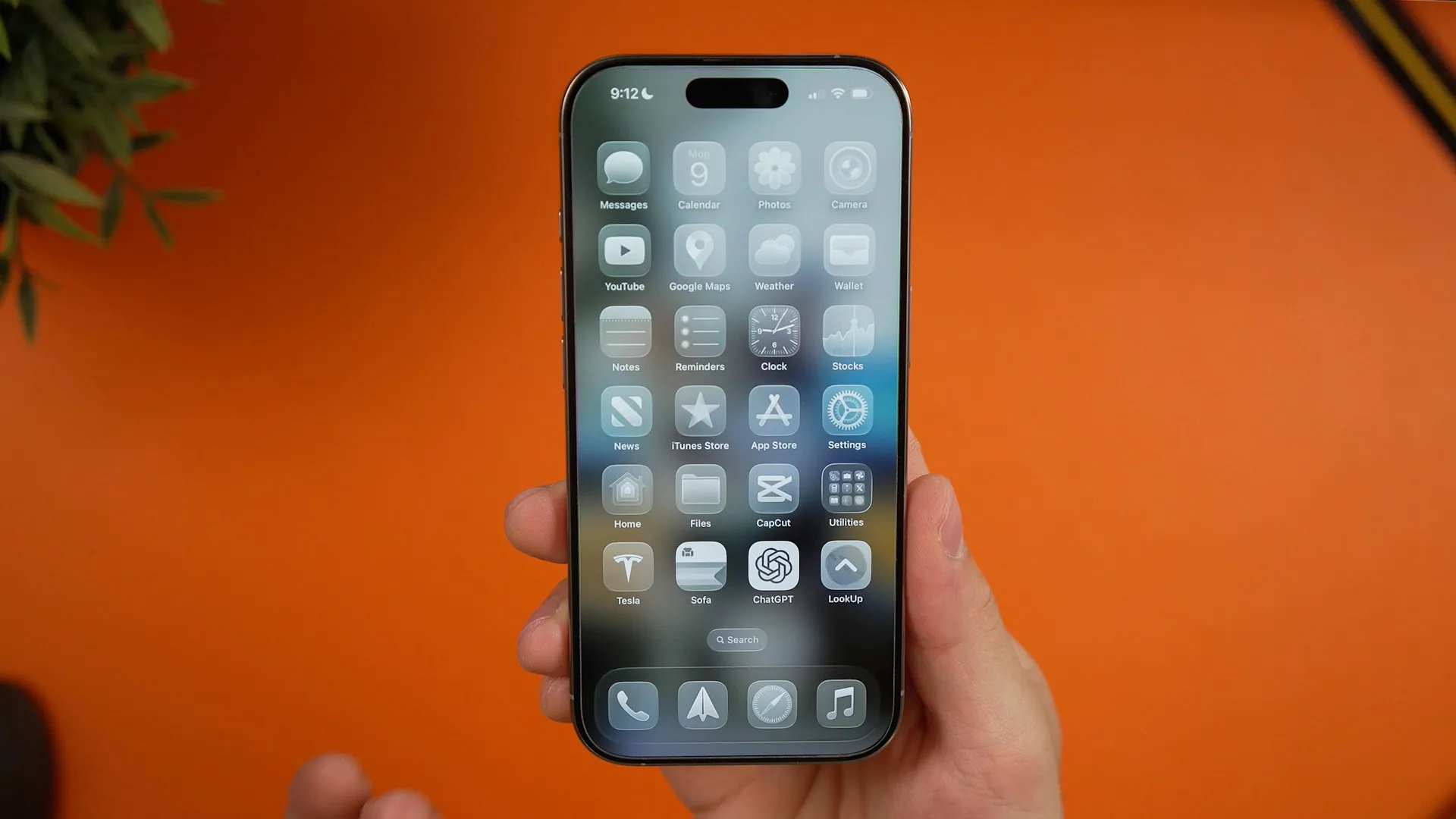
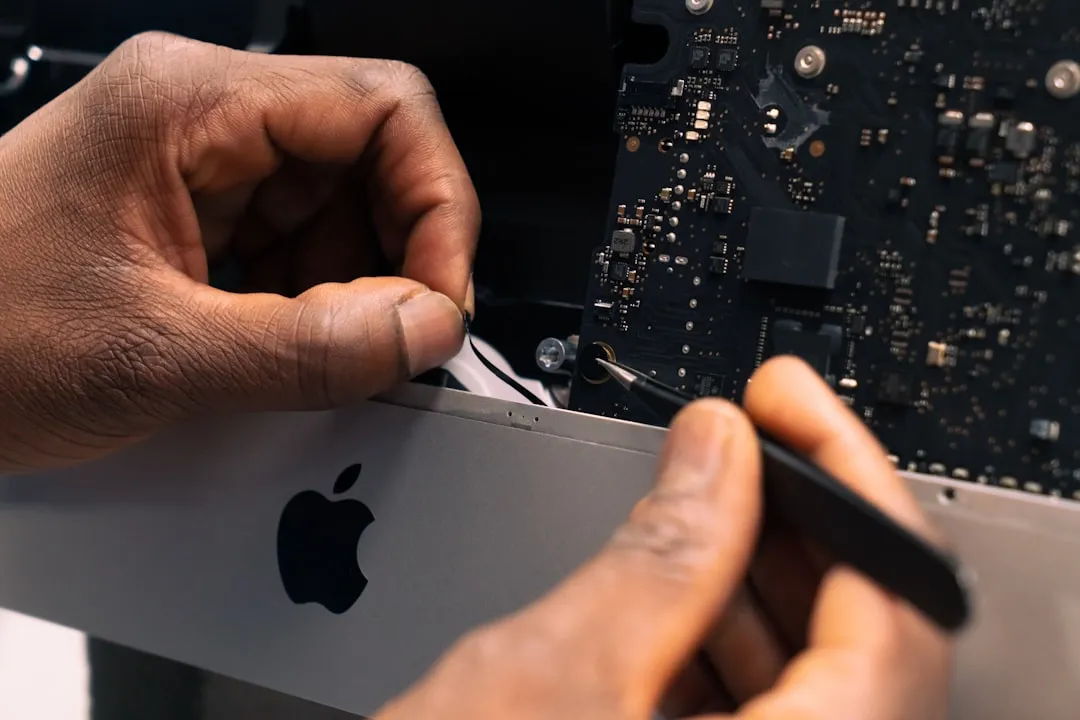
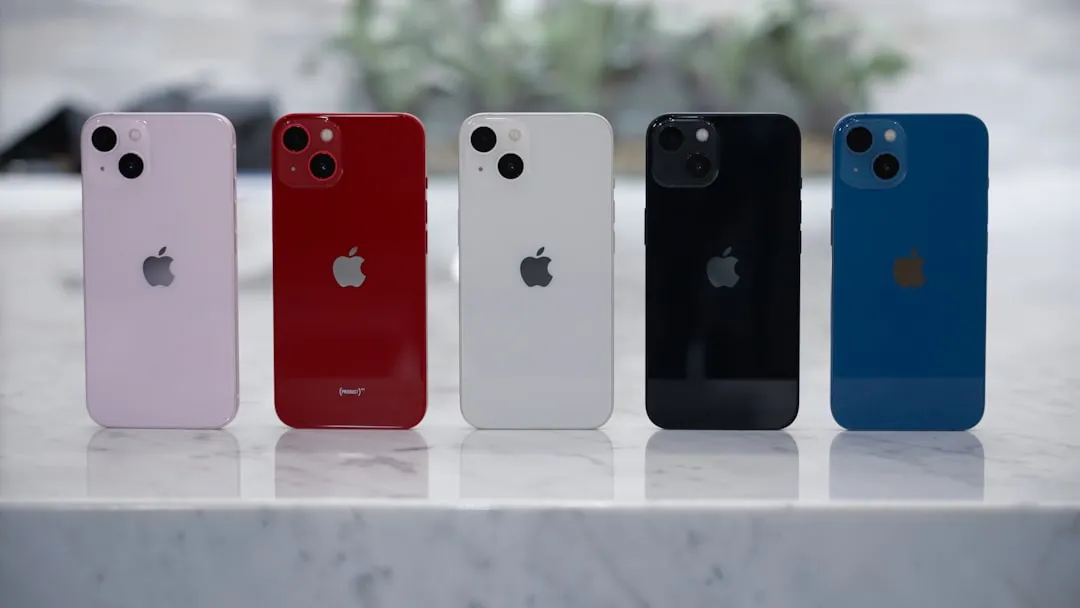
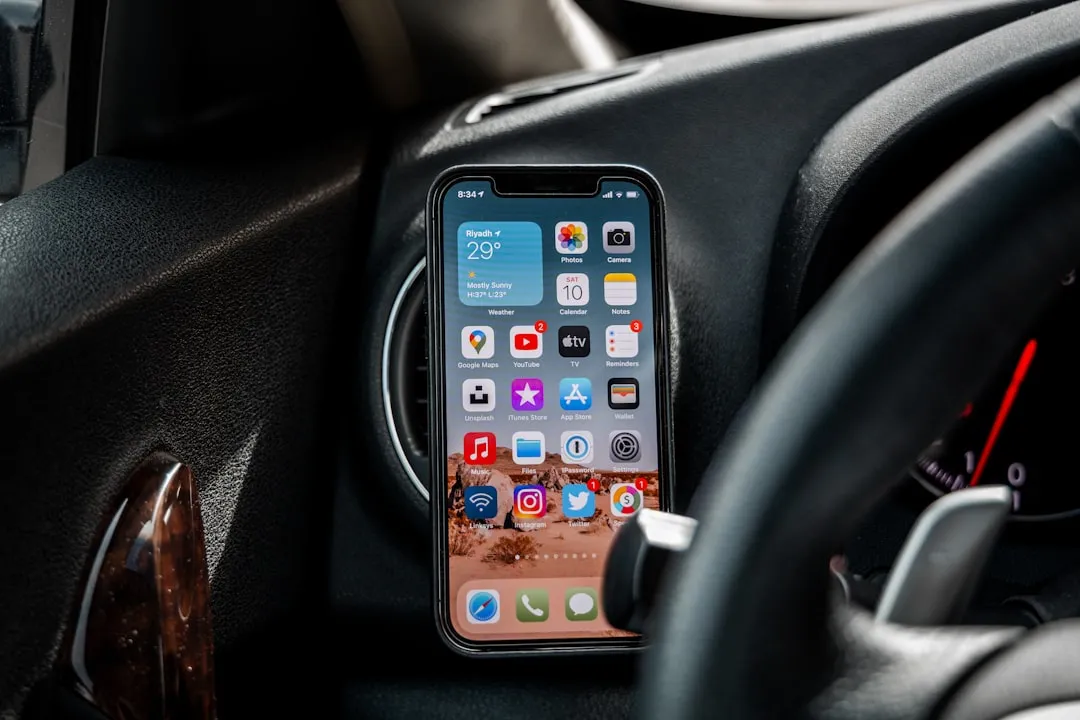


Comments
Be the first, drop a comment!